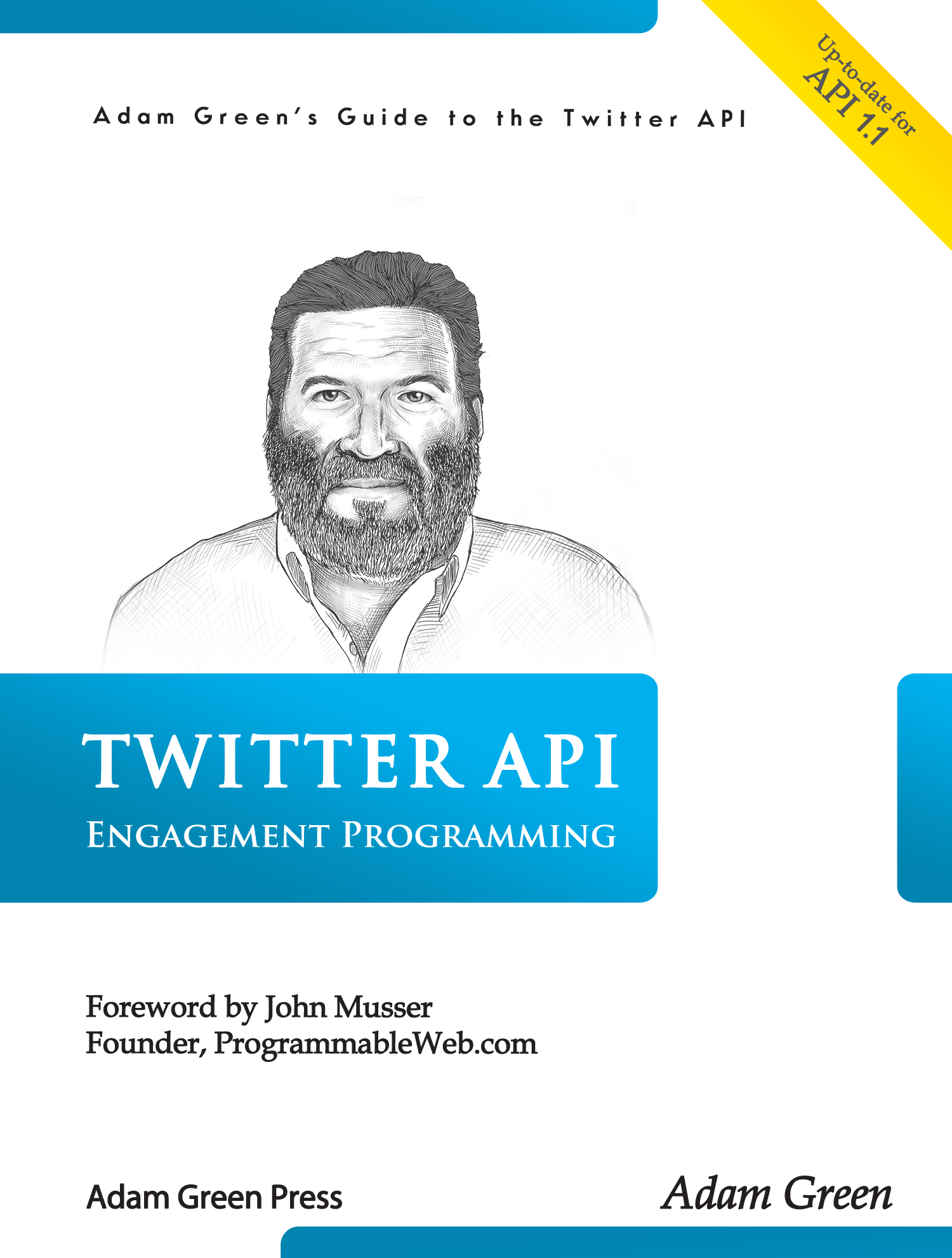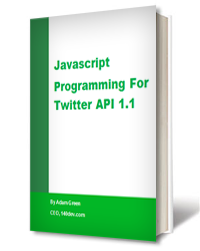Javascript programming for Twitter changes dramatically with Twitter API version 1.1. The requirement to use OAuth with every API request means that you can no longer call the API directly from Javascript. Instead you have to rebuild all your Javascript code to proxy your requests through your own server. I know that a lot of […]
Twitter API Tutorials
Twitter programming made easy
The Twitter API is great. The official docs aren’t. Learn how to build custom Twitter apps with PHP and MySQL with clear explanations and free code.
My Twitter OAuth ebook has been out for 2 weeks now, and I’ve had a chance to help a lot of people get over the hump of running their first OAuth code. I’ve collected a list of the most common problems they have: No callback URL When you create an app, Twitter has an input […]
My Twitter OAuth ebook closes with the source code for an API Console application. This app got such a favorable response that I decided to enhance it and put it out as a free tool. I have found this to be an invaluable debugging aid when testing an API request. It lets you enter just […]
This free ebook covers everything you need to use OAuth from a single Twitter account. It is available as a free PDF download on our members page. You can also get the source code for all the examples in the ebook there as well. Here are the topics covered: Create your first Twitter application Set […]
I’ve been using the same database schema for recording Twitter user information for a couple of years. I recently agreed to do a training session on Twitter follow programming for the Boston PHP Meetup group, so I decided to check out the Twitter API docs to see if they have gotten any better. I found […]
There are two problems you typically want to solve with language detection for tweets. First you need to analyse the types of languages you end up with for a specific set of keywords, and determine the minimum confidence level needed to get a clean result. Then when you have that data, you can process a […]
In yesterday’s installment we learned how to get the most likely language for a tweet with the detectSimple() function. We also discovered that this library sometimes fails when you get down to just 2 or 3 words. The Text_LanguageDetect library has a more advanced function, called detect(), that delivers an array of possible language matches […]
The docs for the Text_LanguageDetect library say that you need to pass it 4-5 sentences to get an accurate language identification, but as we saw in part 1 of this tutorial, even a single sentence seems to work. This is great, since we will need this to work with tweets that average 5-6 words. So […]
One thing I learned early on in building tweet aggregation sites for clients is that they expect to only see tweets in English. After all, Google can do it, why can’t I? In theory there is a lang=en argument in the search API, but it doesn’t help much, because it only uses the language setting […]
There is something about OAuth that brings out the worst in techies. You can see it when someone asks how to get started with OAuth on the Twitter development talk mailing list. The general response is “get a copy of library X, and you’re all set.” Well if downloading a library would solve the problem, […]
I’ve learned that follower count is greatly overrated as measurement of influence and popularity on Twitter. I now use the frequency a user is mentioned in tweets containing specific keywords instead. I’ve written a new tutorial on calculating and apply this idea of mention count to identify influential Twitter users.
Along with providing the source code for the Twitter engineering tweet database, I also want to use it as a model for explaining the proper database and code architecture for aggregating tweets. I’ve got my first tutorial up now on the benefits of decoupling your website Twitter app from the Twitter API.








